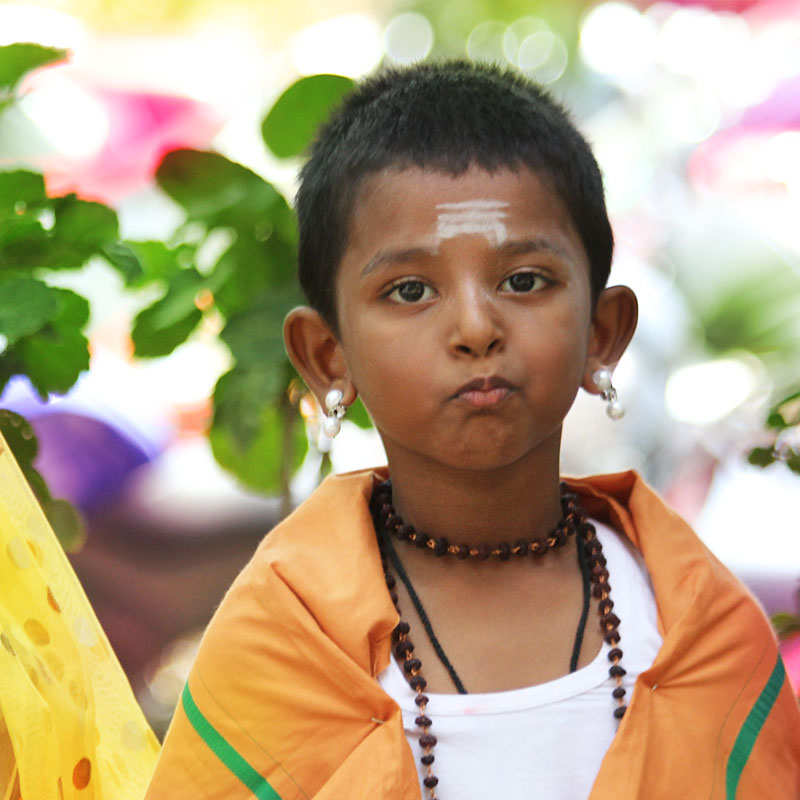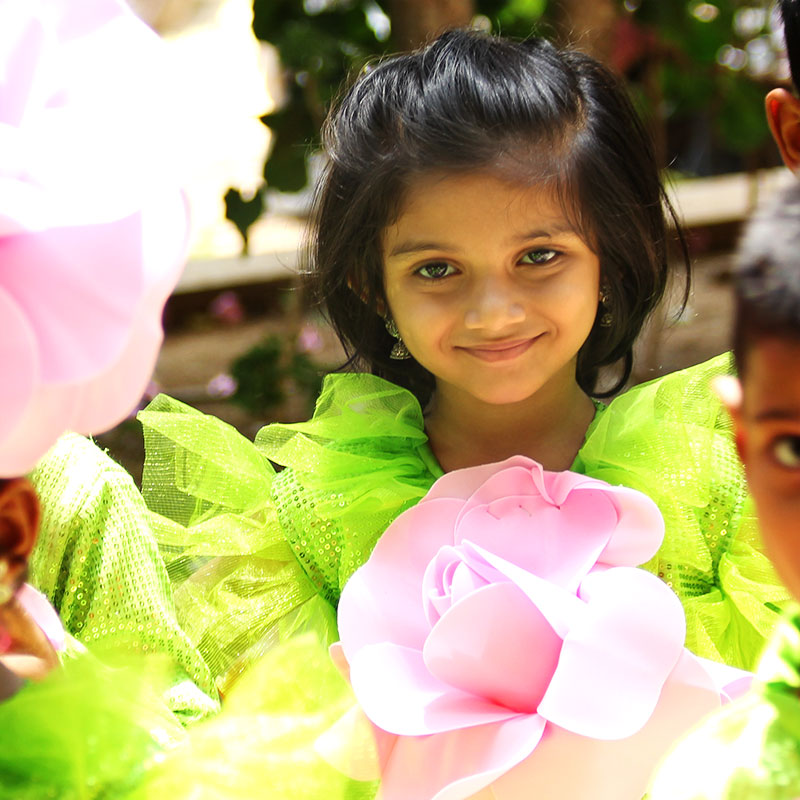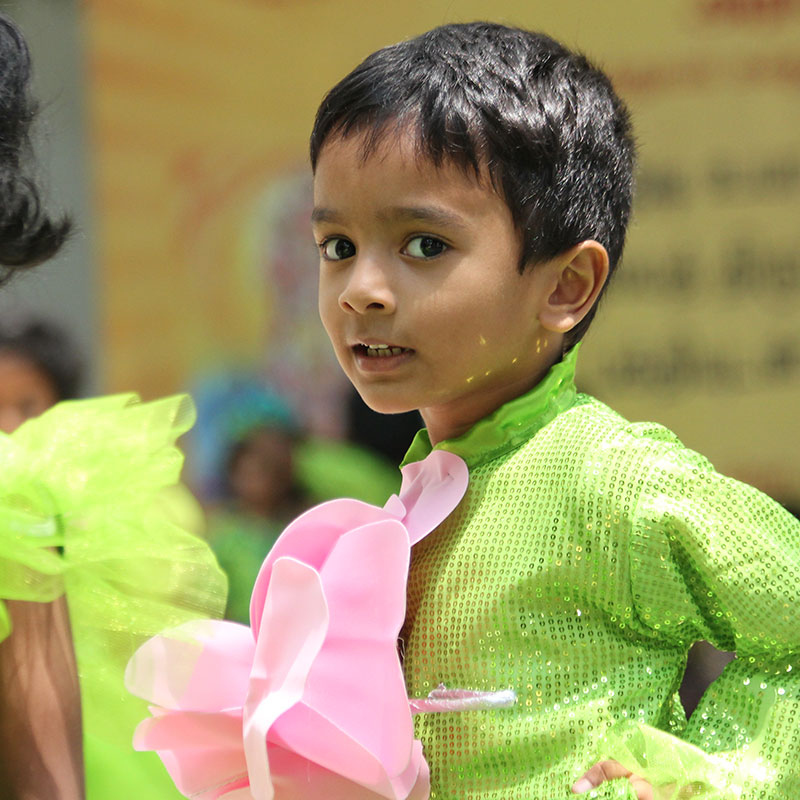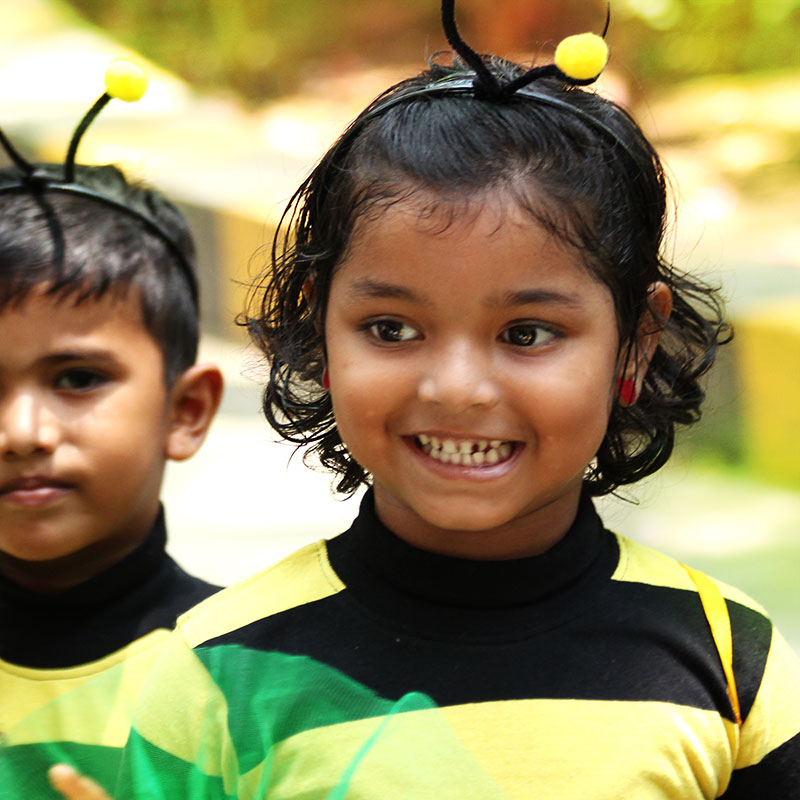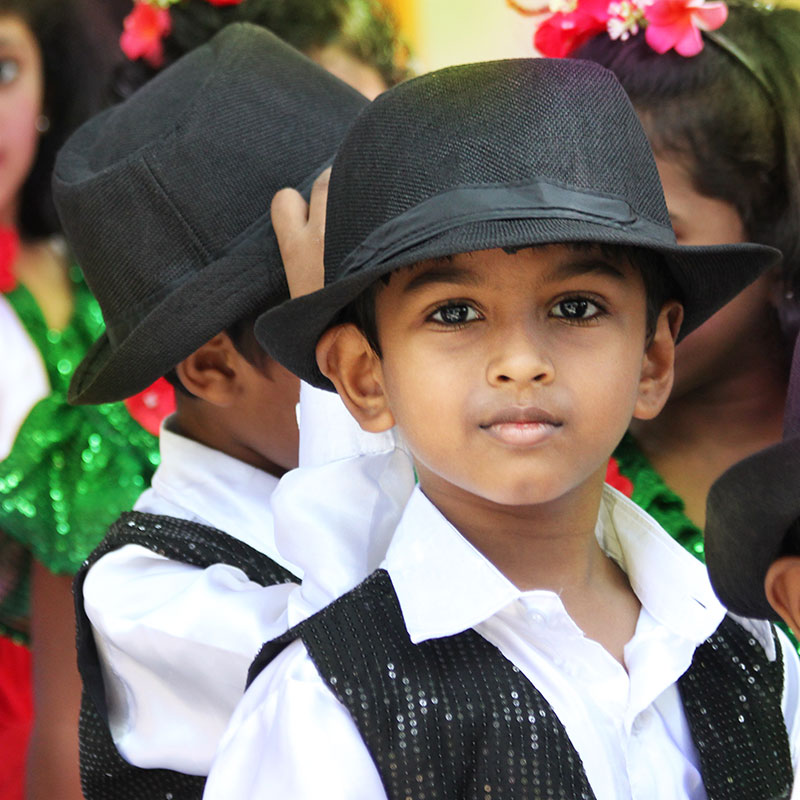Montessori Program
Celebrating & Supporting Diverse Learning Styles
The Montessori Method of Education was developed by Dr. Maria Montessori, based on her extensive scientific observation of children. At its core, Montessori education nurtures each child’s individual strengths and interests, and develop their maximum potential. It encourages children to explore their world, and to understand and respect the life forms, systems and forces of which it consists.
The Montessori Edge
Creative and Hands-on Materials
Every material in a Montessori classroom supports an aspect of child development, creating a match between the child’s natural interests and the available activities. For example, children can use bead chains to learn math concepts like multiplication. One bead that represents one unit, a bar of ten beads put together represents 1×10, a flat square created by fitting 10 of the bars together represents 10×10, and a cube created by fitting 10 of the squares together represents 10×10×10. Thus, these materials help children develop a concrete understanding of basic concepts upon which they can build on in later years.
Self-Paced & Self-Directed
After an activity is presented by the teacher, children are free to choose which activities to do and in which order. This takes into account the heterogeneity of the classroom and allows children to learn through experience, further their understanding in their areas of interest, spend more time on challenging areas.
Mixed Age Classrooms
At Balmithra, children from 3-6 years of age learn together within one classroom. The mixed-age classroom is like a family: the older students nurture the younger ones and motivate them. By serving a range of students with a large chronological-age span, appropriate materials are available for every student, regardless of where they fall on the spectrum of abilities in different areas.
Constructive Learning
In a Montessori classroom, children learn concepts hands-on, using tactile learning materials that stimulate all their senses. Therefore, children construct their own knowledge as opposed to being instructed on what to think.

